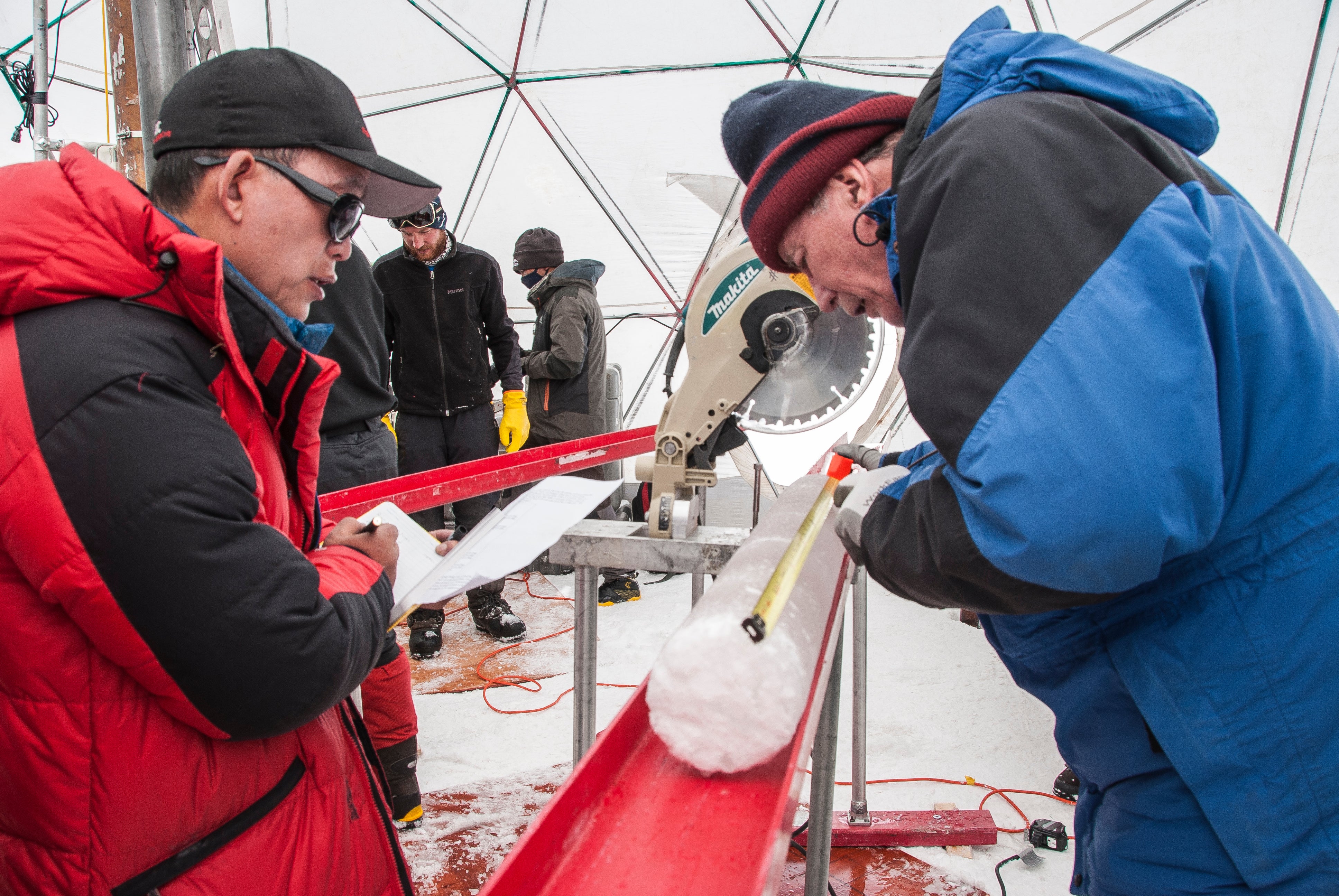Viruses over 15,000 years old found in melting Tibetan glacier
Earth’s ‘third pole’ is melting rapidly due to the climate crisis
Ancient viruses have survived in glacier ice on the Tibetan plateau for almost 15,000 years, analysis of ice cores has revealed.
Most of the viruses found in the two samples were “unlike any viruses that have been catalogued to date”, the researchers said.
The Tibetan plateau, sometimes known as the world’s “third pole”, has lost nearly a quarter of its ice since 1970, due to the climate crisis, according to the IPCC.
The discovery of the ancient viruses could help scientists understand how they have evolved over centuries and millennia during changing environmental conditions.
In order to assess the contents of the ice cores, the research team pioneered a new “ultra-clean” method of analysing microbes and viruses in ice without contaminating them.
“These glaciers were formed gradually, and along with dust and gases, many, many viruses were also deposited in that ice,” said Zhi-Ping Zhong, lead author of the study and a researcher at The Ohio State University Byrd Polar and Climate Research Centre.
“The glaciers in western China are not well-studied, and our goal is to use this information to reflect past environments. And viruses are a part of those environments.”
When the team analysed the ice, they found genetic codes for 33 viruses. Four of those viruses were previously known to science, but at least 28 of them are novel.
However, they said the concentrations were much lower than would be expected in the same quantity of unfrozen soil or sea water, for example.
They also discovered that around half of them seemed to have survived due to the presence of the ice itself.
"These are viruses that would have thrived in extreme environments," said Matthew Sullivan, co-author of the study, professor of microbiology at Ohio State and director of Ohio State’s Centre of Microbiome Science.
“These viruses have signatures of genes that help them infect cells in cold environments - just surreal genetic signatures for how a virus is able to survive in extreme conditions.
“These are not easy signatures to pull out, and the method that Zhi-Ping developed to decontaminate the cores and to study microbes and viruses in ice could help us search for these genetic sequences in other extreme icy environments – Mars, for example, the Moon, or closer to home in Earth’s Atacama Desert.”

The researchers’ analysis showed the viruses are likely to have originated from soil or plants, not with animals or humans, based on both the environment and the databases of known viruses.
The study of viruses in glaciers is relatively new, with just two previous studies identifying viruses in ancient glacier ice.
Lonnie Thompson, senior author of the study, and distinguished professor of earth sciences at Ohio State University said it is becoming an area of science that is growing increasingly important as the climate changes.
“We know very little about viruses and microbes in these extreme environments, and what is actually there," he said.
“The documentation and understanding of that is extremely important: How do bacteria and viruses respond to climate change? What happens when we go from an ice age to a warm period like we’re in now?”
The research is published in the journal Microbiome.
Join our commenting forum
Join thought-provoking conversations, follow other Independent readers and see their replies
Comments
Bookmark popover
Removed from bookmarks